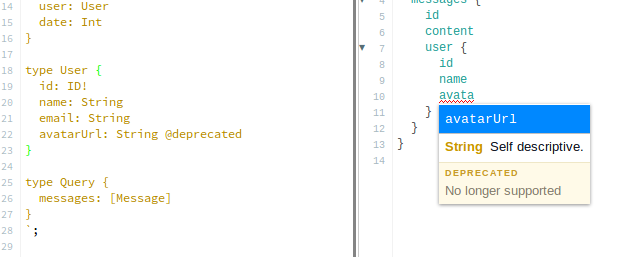Guys this has become a Vuejs thread as if thats the only issue meteor has had. As someone that represents a company that has had an eye on Meteor for years but never committed to it I can tell you some of the other reasons if you can take hearing it.
The first time we tried Meteor it was awesome and I do mean AWESOME at productivity. It was Rails level and beyond and we were excited untl we realized
It downright SUCKED at scaling. With all of its productivity it asked the user to take the performance hit even on apps where reactivity wasn’t needed for eveything - no non hack turn off switch we could see.
So we kept watching. I was so certain that the people at MDG were so brilliant (for what they had created) that they would solve such a basic issue as scaling in a reasonable amount of time. We probably would have still took the hit but then - the blaze announcemnt made us realize that meteor was going somewhere it had not yet reached and the destination of what that would look like was uncertain.
No one wanted to jump onboard a framework on its way to something else and therefor in limbo. It even made existing training somewhat deprecated until new training solidified (but when that did - again MDG was in the huge transition to Apollo). React was a lot newer and at the time seemingly more complex - and for the joy of working with a framework that couldn’t scale and which we HAD to use Mongo only? Nah, and we knew those were real issues facing many people because Classcraft year after year was all we could find as anyone doing a wide deployment.
but I still kept an eye on it . I kept hearing about finally being able to use other databases with Meteor through apollo but that sorry…took a long time…and I as stated I don’t even have the sense of where Meteor is going now. From the outside looking in and wishing it had gone along the path of greater productivity it seems meteor itself is heading toward just being a build tool - not anywhere in the vicinity of the fantastic integrated full stack ecosystem that caught our attention.
MDG never checked off those downsides of the platform. These weren’t secret issues that people had. MULTIPLE times - almost year after year - people complained about scaling and using other databases and yeah why not use vue (and anyone claiming now that was not a boat missed with Vue’s ever growing popularity - which would/could of all been married/associated to Meteor - you are just kidding yourself) and all I could do is watch as the sands of times passed wondering when the proposed solutions would get here. So Blaze was a part if it but not the whole ball game.
So from where I sit (and I know less of it than the regulars so its a view of a non adopter - but wisher) again in Apollo and meteor integration something is about to come into fruition and it looks to me like its Apollo and a - build tool?
So I am going to go with meteor for a build tool??? thats not very exciting, and even so, Vulcanjs seems to be giving a better picture of where things are headed than MDG.
So yeah in the interim we committed to laravel for some projects. It had less to do with Vue than this thread lets on. Otwell always with every release knows where he is going and they get there within a year. Its anice well thought out integrated ecosystem. Like rails he seems to have a vision of development and programmer productivity that Meteor started out with.
Again thats the view from outside why at least from our perspective Meteor doesn’t get that love (and someone can trash it because they are on the inside and know more than we do). To me Meteor was poised to take the developer happiness and productivity of Rails to a whole new level in the faster more performant JS world and then said - ummmm…nah.
I blame no one for this really. Its just the way open source works. We often don’t understand the monetary pains of open source when the company backing something has to make money from it rather than having another predominant income stream like FB and Google or even Rails where its used in the real money maker app (basecamp in DHH 's case). Thats a A TOUGH TOUGH road to travel.
I do keep lurking though. Hoping one day MDG will knock my socks off with a little bit more than - meteor is a good build tool.





